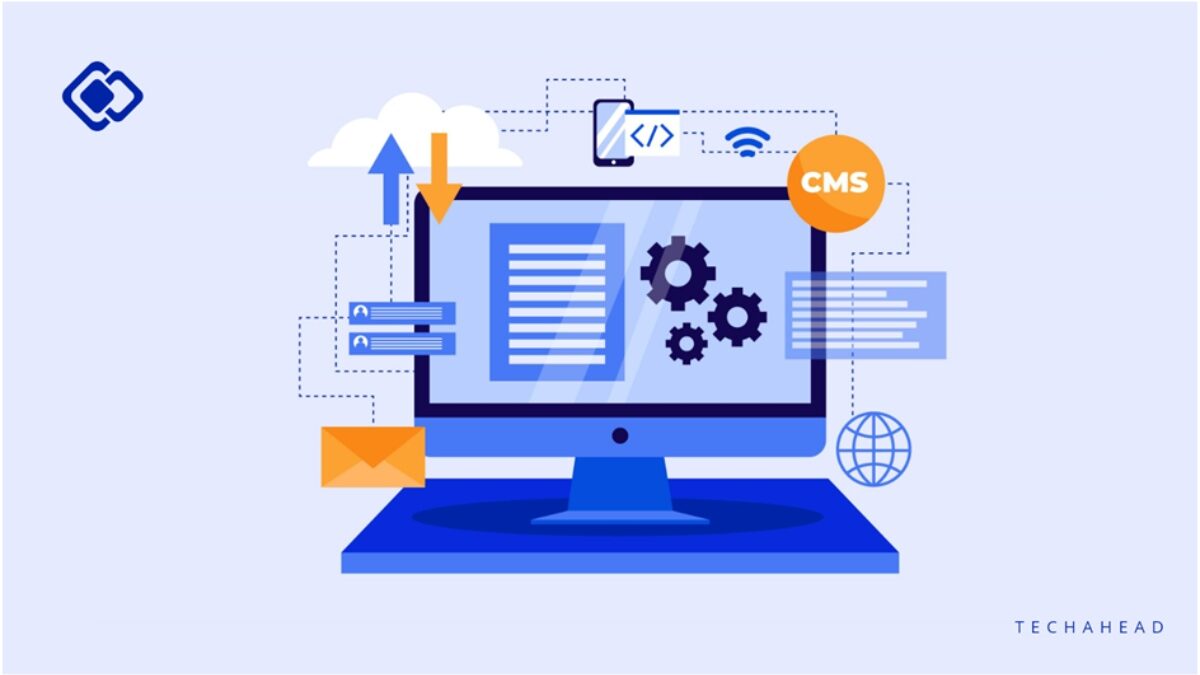Enterprise architecture (EA) is a domain that identifies and analyses the execution of change toward desired business vision and objectives in order to guide enterprise responses to disruptive forces in a proactive and comprehensive manner. Enterprise Architecture Consulting adds value by providing corporate and IT executives with ready-to-sign suggestions for modifying policies and initiatives to achieve specific business objectives that capitalize on relevant business disruptions.
Several years ago, Gartner predicted that enterprise architecture (EA) would become an integral part of business planning within ten years. Since then, EA has evolved into a highly strategic function, responsible for designing an intelligent information architecture to support digitalization and innovation. Emerging technologies continue to disrupt business as EA evolves rapidly. Partnering with the top digital transformation companies like TechAhead can help your business to keep up with this evolution and stay relevant to the forecasted technological trends.
Table of Contents
ToggleEnterprise Architecture’s Purpose and Methodology
The goal of enterprise architecture is to build a map of IT production and operational processes, as well as a set of guiding principles that drive a continuous dialogue about the strategic plans and how they might be articulated through IT. Since the 1980s, numerous distinct enterprise architectural concepts and frameworks have been established, with the oldest foundations of the notion of EA reaching back to IBM’s Business Systems Planning (BSP) methodology, which was begun in the 1960s.
However, in principle, all EA models support the design and evolution of an enterprise architecture by sharing four key realms:
- The business architecture specifies a company’s strategy and organization, as well as critical business processes, governance, and standards.
- The structure of logical and physical data assets, as well as any related data management resources, is documented in data architecture.
- Application systems architecture provides a plan for deploying individual systems, including the interconnections between application systems and their connections to critical business processes.
- The system, programming, and communication networks required to enable the implementation of mission-critical software is referred to as technology architecture.
Perks of Enterprise Architecture
- Improved decision-making abilities; increased flexibility to shifting needs or market conditions;
- Processes that are inefficient or unnecessary are eliminated.
- Optimum utilization of organizational assets;
- Keeping personnel turnover to a minimum;
- Support organizational changes such as redesigns and reorganizations.
- It makes it easy to compare architecture to long-term goals.
- Can provide perspectives on IT architectures to persons outside of IT;
- Can aid in the harmonization of IT processes;
- Can aid in the simplification of finance teams; and
- Collaboration with project management is made easier.
Enterprise Architecture Constraints
-
Inflexible and time-consuming:
Most EA frameworks are less dynamic than current business toolkits and might be time-consuming and rigid. They need planning to gather requirements, are not change-friendly, require training to build and present, and are more concerned with documentation than system implementation.
-
Documentation is insufficient:
Despite multiple upgrades to the most famous ones developed in the 1980s and 1990s, their current counterparts may still be deemed unworkable or outmoded. Bridging the EA documentation gap necessitates the use of resources that are not always readily available.
-
Round integration is challenging:
The limits of each framework may not allow for seamless integration of old systems with a company’s annual system, necessitating alterations that necessitate extra resources.
The toolbox for EA will grow in tandem with the practice. 60% of EA tools will be intelligent by 2023. User experience, product development, deep learning, the Internet of Things (IoT), and other areas will be supported by forthcoming EA tools. The EA kit will be part of the organization’s larger ecosystem of tools.
Also Read: 3 Things to consider during Legacy System Modernization
Related posts
Hot Topics
Enhancing School Safety with Intelligent Threat Response Systems
Introduction According to the K-12 School Shooting Database, there were 346 school shootings in the United States in 2023 alone,…
What is Normalization in DBMS: The Complete Guide
What is normalization in DBMS? Look, I’m gonna be straight with you – when I first heard this term, I…



